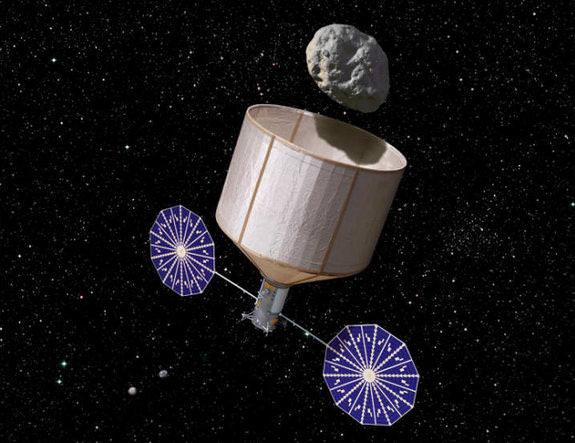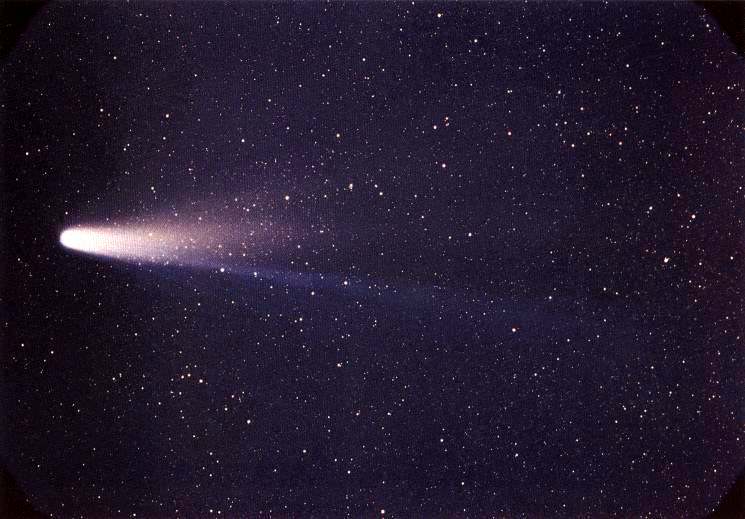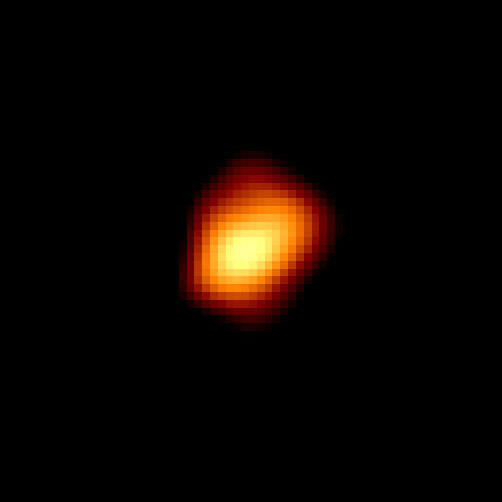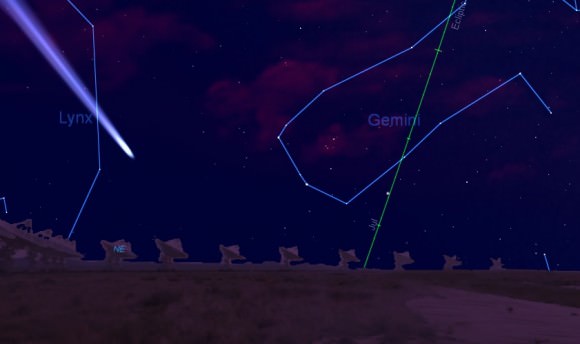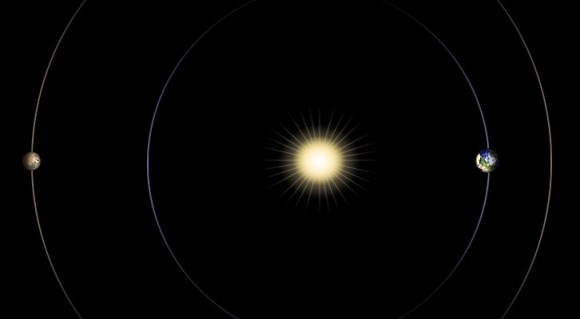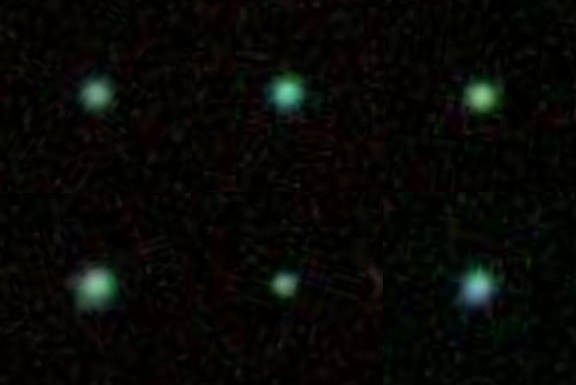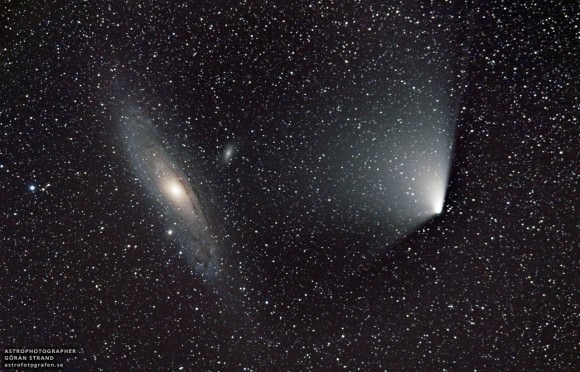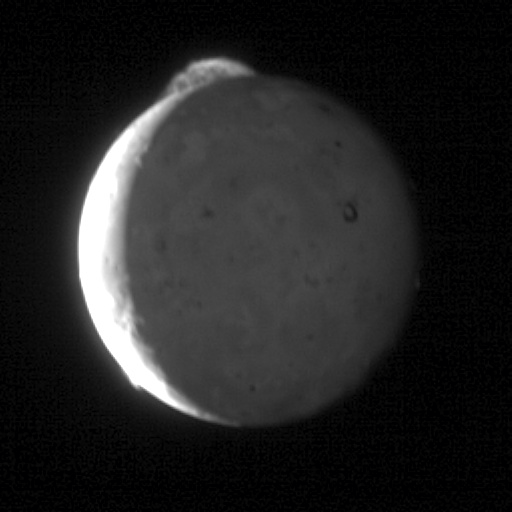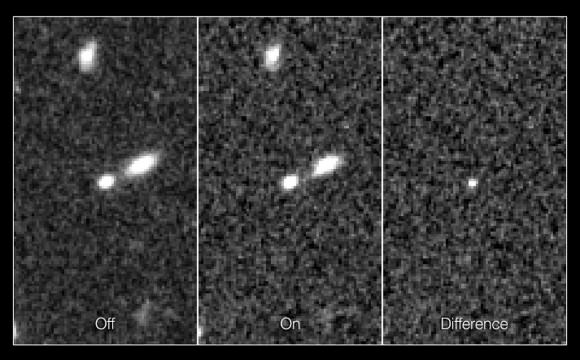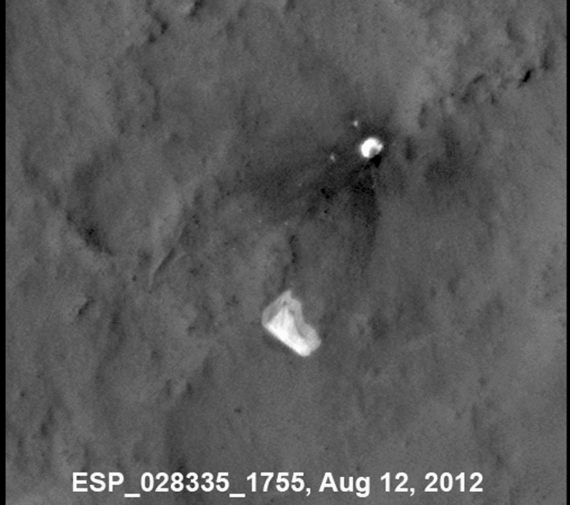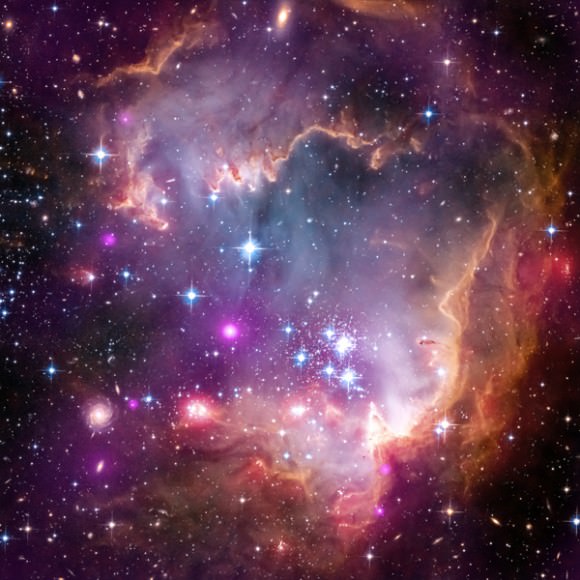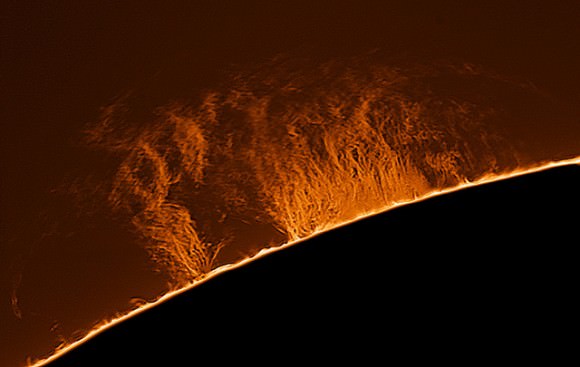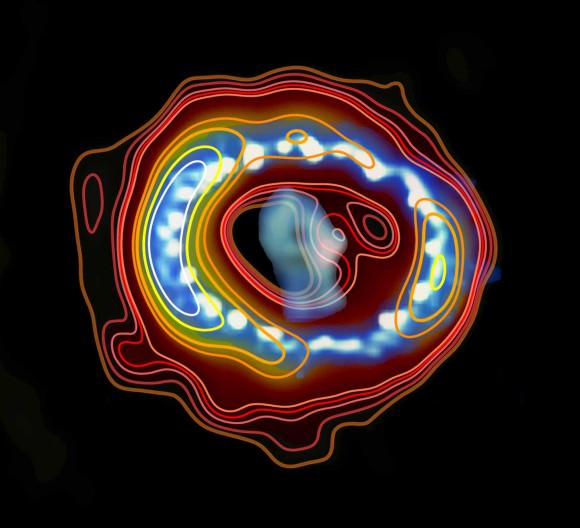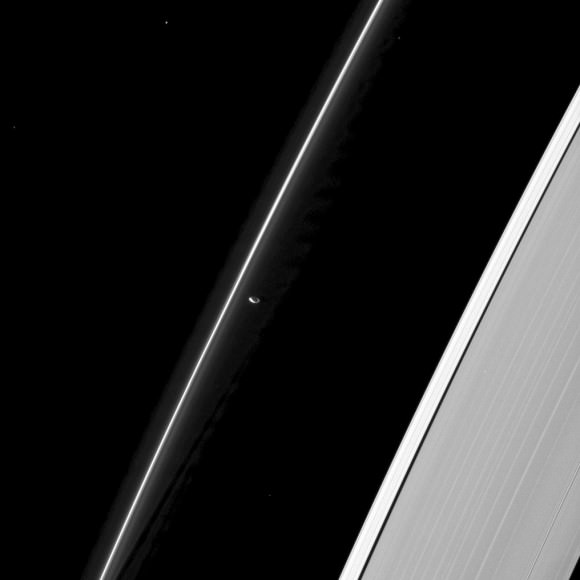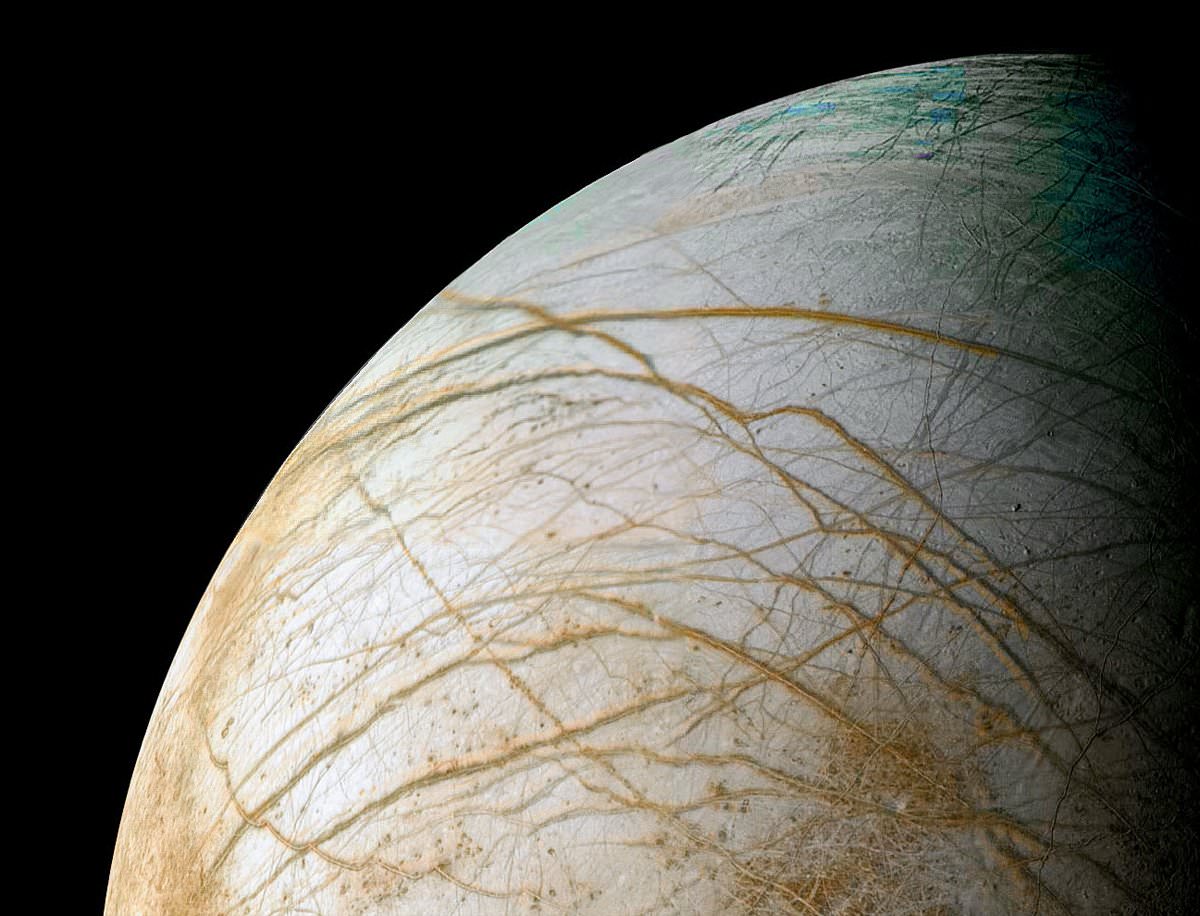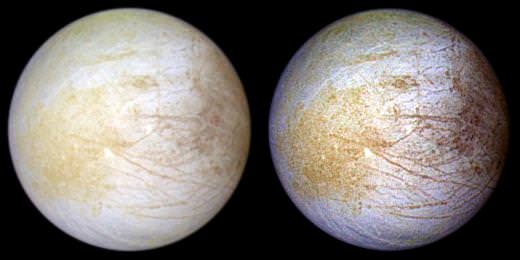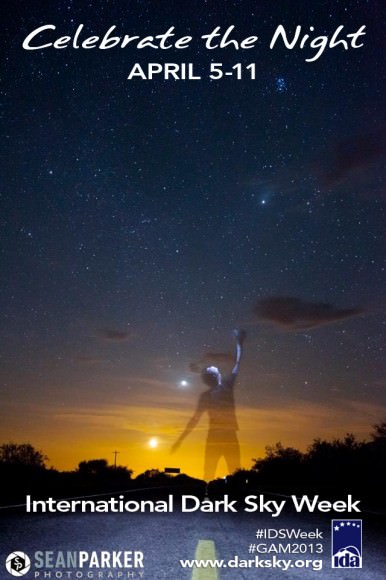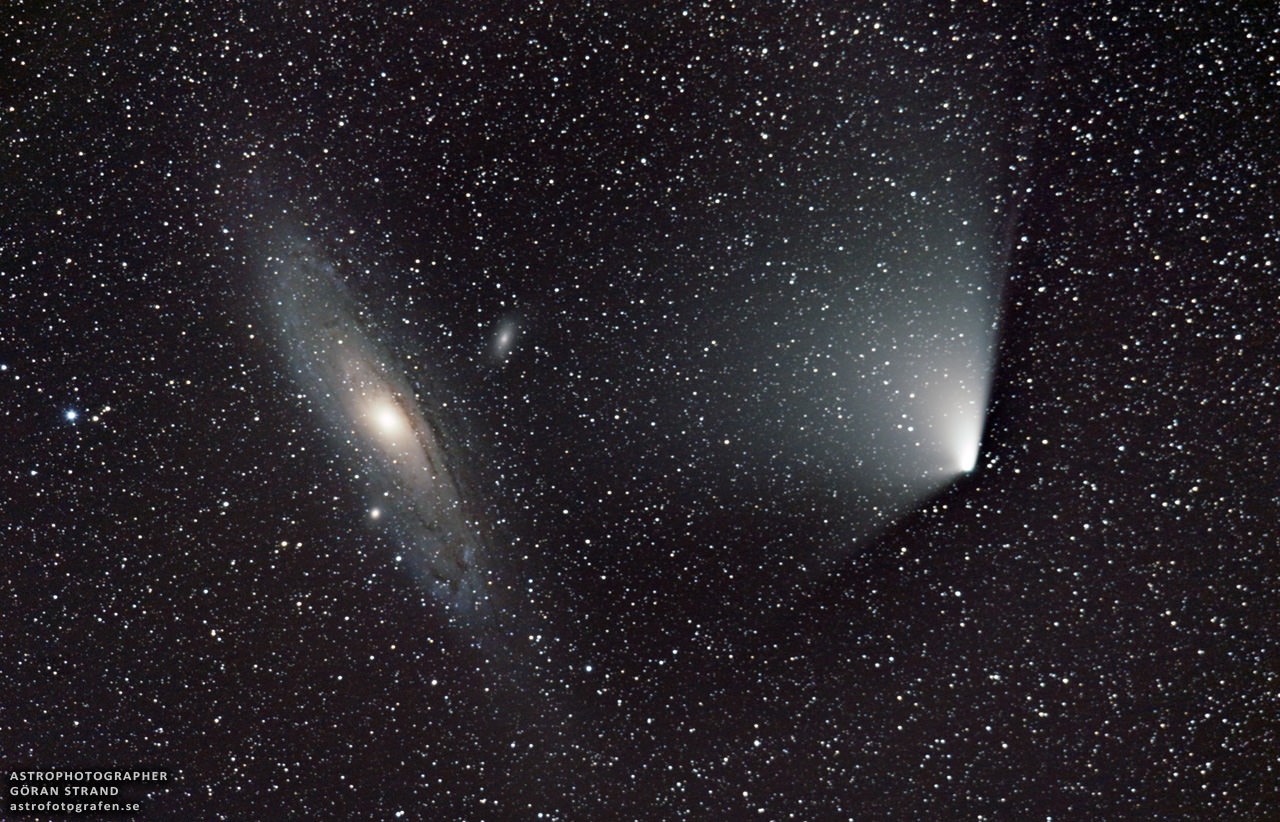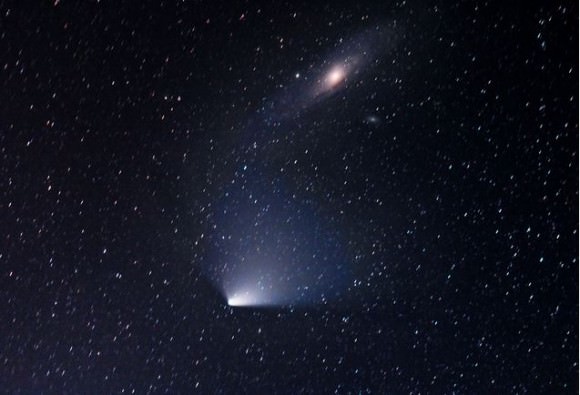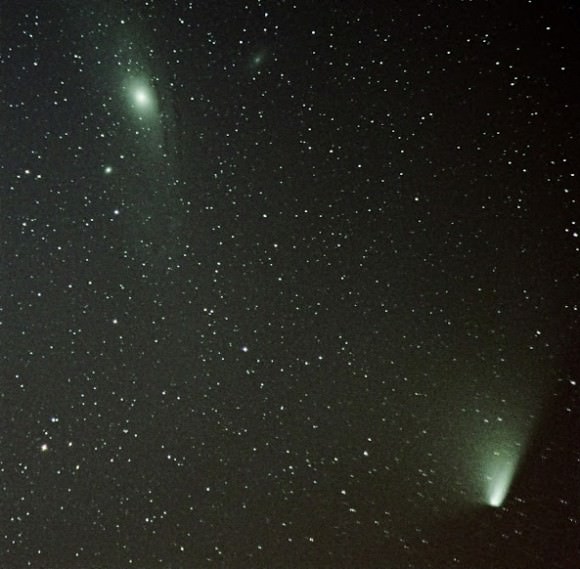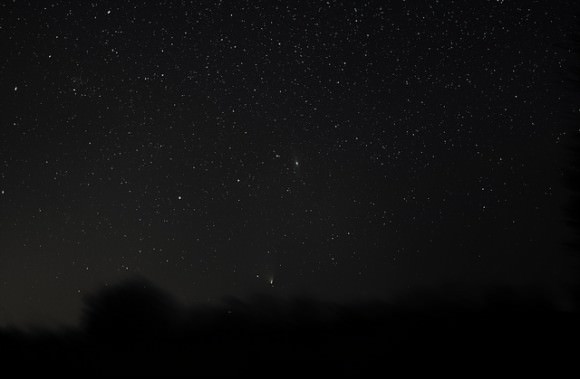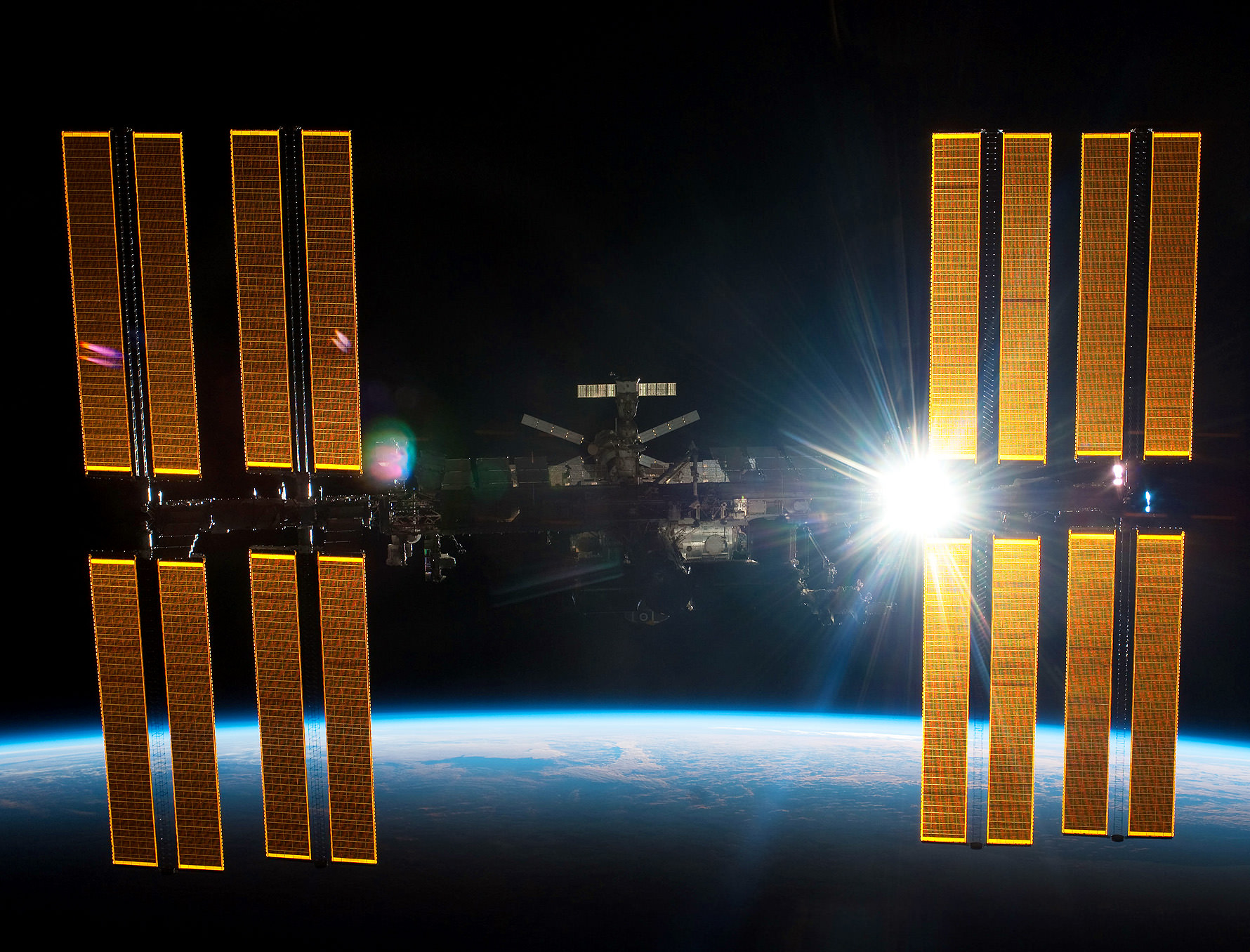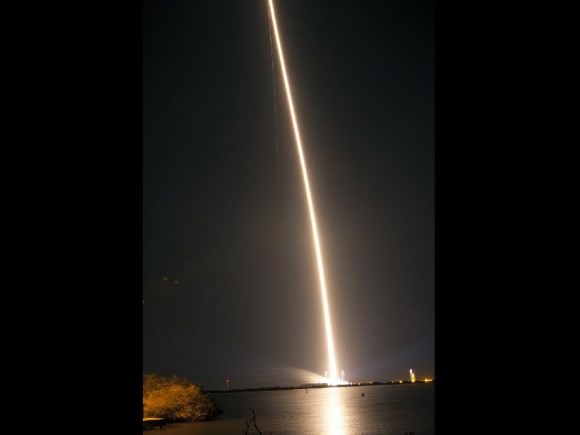Rumors have been leaking out for over a week, but now according to Alan Boyle at NBC News’ Cosmic Log, a senior Obama administration official has confirmed that $100 million is being sought for NASA’s budget request for the coming fiscal year for work to allow a robotic spaceship to capture a small asteroid and park it near the Moon for astronauts to explore. The spacecraft would capture a 500-ton, 7- meter (25-foot) asteroid in 2019. Then using an Orion space capsule, a crew of about four astronauts would station-keep with the space rock in 2021 to allow for EVAs for exploration. This plan would accelerate NASA’s deep space missions with Orion and prepare crews for going to Mars.
NBC news quoted the official — who spoke on condition of anonymity because there was no authorization to discuss the plan publicly — as saying the mission would “accomplish the president’s challenge of sending humans to visit an asteroid by 2025 in a more cost-effective and potentially quicker time frame than under other scenarios.”
A week ago, Aviation Week reported that NASA was considering this asteroid mission, which was proposed by the Keck Institute for Space Studies last year. Keck’s proposal had a price tag of $2.6 billion, but no cost estimate for the space agency’s version has yet been released.
Then on April 5, the Associated Press quoted U.S. Sen. Bill Nelson, D-Florida, Nelson, chairman of the Senate science and space subcommittee, that President Obama is putting $100 million in planning money for the accelerated asteroid mission in the 2014 budget that comes out next week. The money would be used to find the right small asteroid.
“It really is a clever concept,” AP quoted Nelson said in a press conference in Orlando. “Go find your ideal candidate for an asteroid. Go get it robotically and bring it back.”
This would be the first time ever an object in space of this size would be manipulated in such a manner.
In depth: A Human Mission to an Asteroid: Why Should NASA Go?
Donald Yeomans, who heads NASA’s Near Earth Object program, was quoted that while there are thousands of asteroids around 25-feet, finding the right one that comes by Earth at just the right time to be captured will not be easy. And once a suitable rock is found it would be captured with the space equivalent of “a baggie with a drawstring. You bag it. You attach the solar propulsion module to de-spin it and bring it back to where you want it.”
A 7- meter (25-foot) asteroid is not a threat to Earth because asteroids of that size would burn up in Earth’s atmosphere.
The official quoted by NBC said the plan has been under discussion for months, but after February’s meteor blast over Russia, the plan gained traction. The asteroid’s entry into Earth’s atmosphere and subsequent airblast injured more than 1,000 people, and sparked discussions about asteroid threats, including a series of congressional hearings. Congressional officials said they would support more funding to counter asteroid threats.
“This plan would help us prove we’re smarter than the dinosaurs,” NBC quoted said the official, referring to the asteroid that wiped out the dinosaurs and many other species 65 million years ago.

